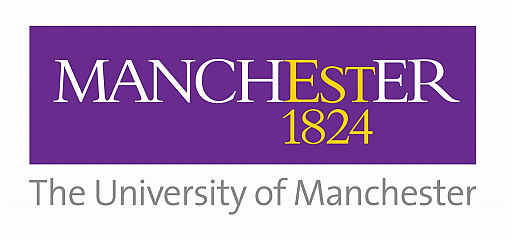#DesignforMSK: The Invisible (Visible) Exhbition 5 – 8th December, Manchester Art Gallery
Overview
#DesignforMSK is the finale to the NIHR Manchester Musculoskeletal Biomedical Research Unit (BRU)’s public and patient engagement work.
The project brings young people aged 16-26 with musculoskeletal conditions together with designers to create prototype products that could improve their daily lives and will be curated into an exhibition at Manchester Art Gallery.
Aims
- To involve a diverse community of up to 15 young patients (16-26 years) in Manchester alongside researchers and product designers in a deliberative process designing and producing new products to support the daily life of patients
- To engage the public and wider stakeholders in the experiences of young people with musculoskeletal conditions via an exhibition, which will move from a public-facing venue to a research/clinical setting at a hospital site
What we did
Over a series of three workshops held in Manchester’s Northern Quarter the #DesignforMSK participants worked together to share their ideas and expertise to develop ideas for products that could help people with musculoskeletal conditions. From adaptable bag straps and fashion-statement joint supports to a set of musculoskeletal emojis, the creativity will cross a wide range of design disciplines.
The final prototypes will be brought together in a curated exhibition, #DesignforMSK: the Invisible (Visible), to be held at Manchester Art Gallery from the 5th – 8th December 2016.
Impact
As well as producing prototypes of products that have potential to be taken forward with real-world applications, #DesignforMSK has had a personal impact on the participants. For some, taking part in the project was the first time they have met other people their own age with similar conditions to themselves, and many plan to stay in touch once the project has finished.
This project was funded by the NIHR Manchester Musculoskeletal Biomedical Research Unit and delivered in partnership with the Manchester Metropolitan University and Manchester School of Art.





